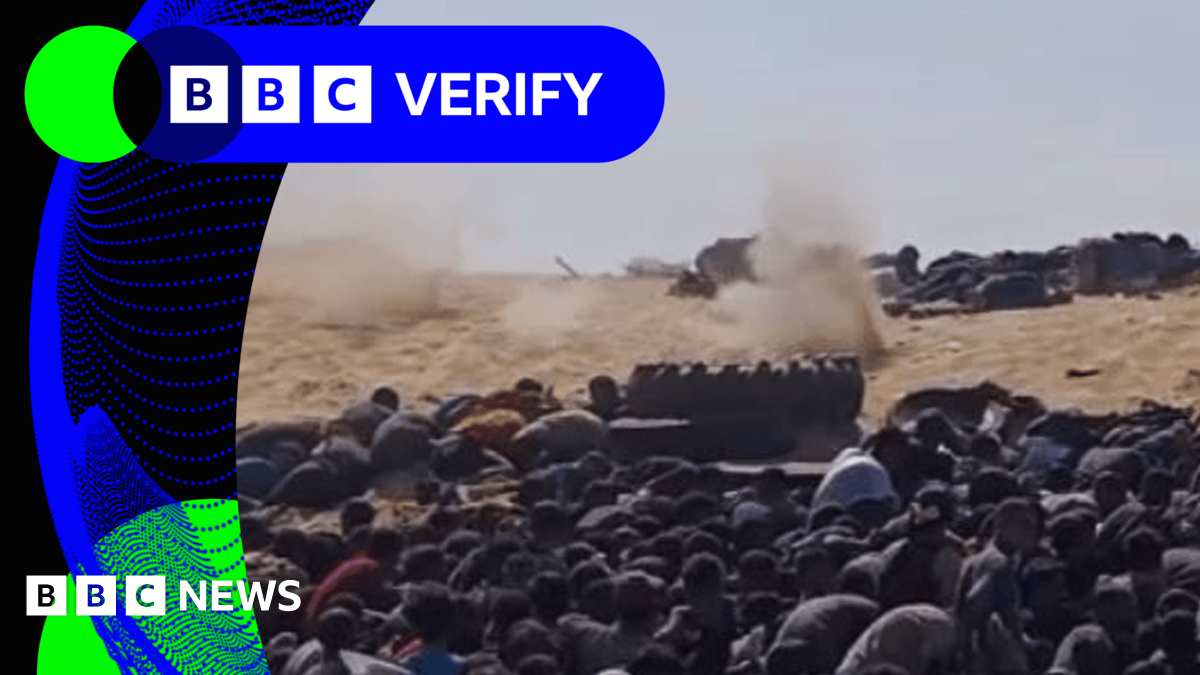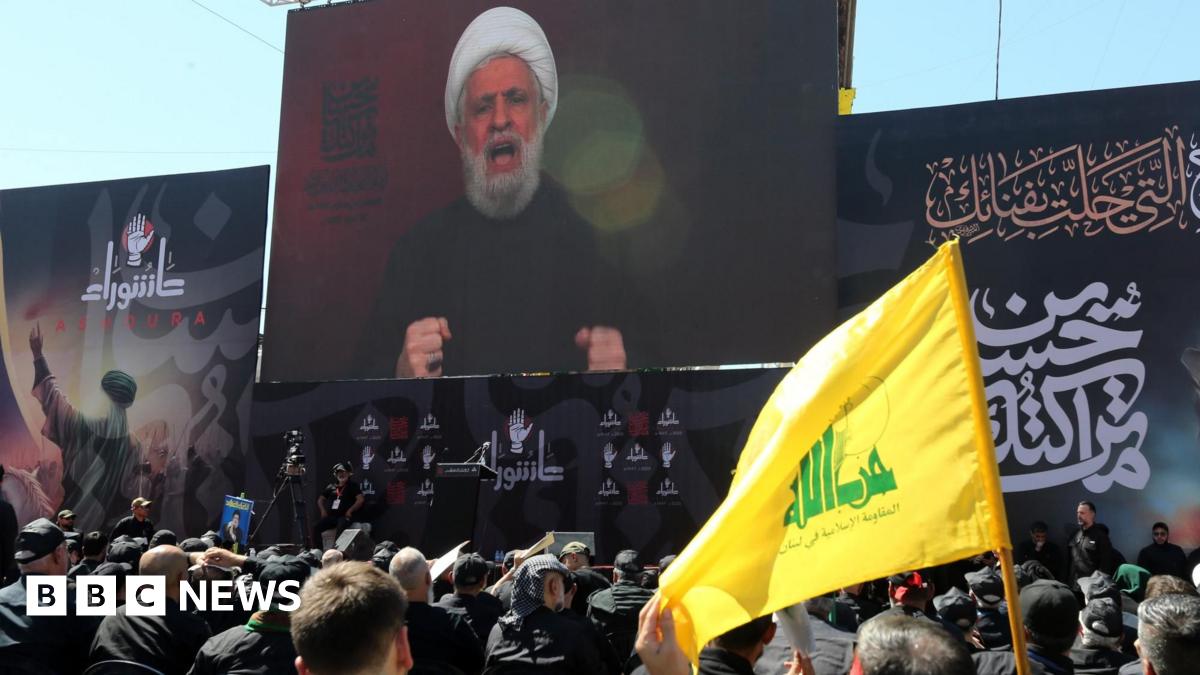Qatar Air Base Targeted: Was a US Communications Dome the Real Target in Iran's Missile Strike?

Recent reports suggest that Iran's missile strike on a U.S. air base in Qatar may have specifically targeted a geodesic dome used for sensitive U.S. communications. While both the U.S. military and Qatari authorities remain tight-lipped about the extent of the damage, intelligence sources indicate the dome sustained a direct hit, raising serious questions about the strike's precision and intent.
What Happened? The attack, a retaliatory response to the U.S. drone strike that killed a senior Iranian commander in Syria, involved a barrage of missiles launched from Iranian soil. The Al Udeid Air Base in Qatar, one of the largest U.S. military facilities in the Middle East, was the primary target. While initial reports focused on general damage to the base, emerging details point towards a deliberate strike on a distinctive geodesic dome structure.
The Geodesic Dome: A Crucial Communications Hub These domes are not mere architectural features; they serve as vital hubs for U.S. military communications. Their rounded, reinforced structures provide superior protection against electromagnetic pulses (EMPs) and other forms of interference, making them ideal for housing sensitive equipment. Intelligence analysts believe the dome housed advanced communication systems, possibly including satellite links and encrypted networks used for coordinating military operations across the region. A successful strike on such a facility could significantly disrupt U.S. command and control capabilities.
Silence from Washington and Doha The lack of official confirmation from either the U.S. military or the Qatari government is noteworthy. This silence could be attributed to several factors, including a desire to avoid escalating tensions with Iran, a need to assess the full extent of the damage before making a public statement, or concerns about revealing sensitive information about U.S. military infrastructure. The absence of public acknowledgement also fuels speculation and allows for conflicting narratives to emerge.
Implications and Future Concerns This incident highlights the vulnerability of U.S. military assets in the region and raises concerns about Iran's increasing capabilities to strike strategically important targets. The precision of the strike, if confirmed, suggests a high level of intelligence gathering and targeting expertise on Iran's part. Furthermore, it underscores the challenges of maintaining a secure military presence in a volatile geopolitical landscape.
Looking Ahead: Increased Security Measures? It's likely that the U.S. military will review and enhance security measures at Al Udeid and other bases in the region. This could include bolstering defenses around critical infrastructure, improving intelligence gathering capabilities, and implementing stricter protocols for personnel and equipment. The incident serves as a stark reminder of the ever-present threat and the need for constant vigilance in the Middle East.
The situation remains fluid, and further details are expected to emerge as investigations continue. However, the possibility that a U.S. communications dome was the specific target of Iran's missile strike represents a significant development with potentially far-reaching consequences.






